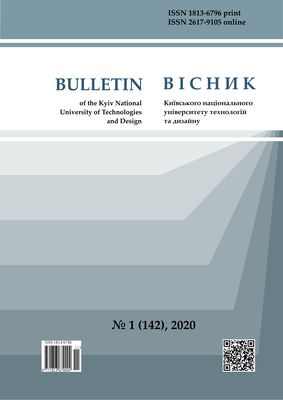EXPERIMENTAL STUDY OF THE INFLUENCE OF WORKING ARRAY MOVEMENT MODES AND VOLUME OF FILLING ON THE SEPARATION INTENSITY OF METAL DETAILS FROM SPRUES
DOI:
https://doi.org/10.30857/1813-6796.2020.1.3Keywords:
casting, separations from gullies, lightning lock, mode of working array motionAbstract
Determination of the main rational technological parameters of processing of metal parts of the lock "lightning" in the tensile machine with complex spatial movement of the working capacity, in particular, experimental study of the influence of modes of motion of the working array and the volume of filling the capacity on the intensity of separation of the metal parts of the lock "lightning" relevant calculation dependencies. An experimental study was carried out by observing the change in the number of machined parts during the technological process of separating the metal parts of the lightning lock from the gullies in a galvanizing machine with a complex spatial movement of the working capacity. Further mathematical processing of the obtained results is carried out with determination of rational technological parameters. The rational mode of movement of the working array and the rational level of filling the capacity of the working array are determined, which provide the highest productivity when performing the technological operation of separating metal parts from the casters. The regularities of the influence of the modes of motion of the working array on the intensity of the technological operation of separating the metal parts of the lock "lightning" from the gullies are established. The dependence between the level of filling the capacity of the working mass, the speed and the performance of the performance of this technological operation is determined. Getting the appropriate settlement dependencies. The directions for realization of rational technological parameters of operation of separation of metal parts of the lock "lightning" from gullies in the car with complex spatial movement of the working capacity, which provide the maximum productivity of performance of the technological operation, were obtained.

